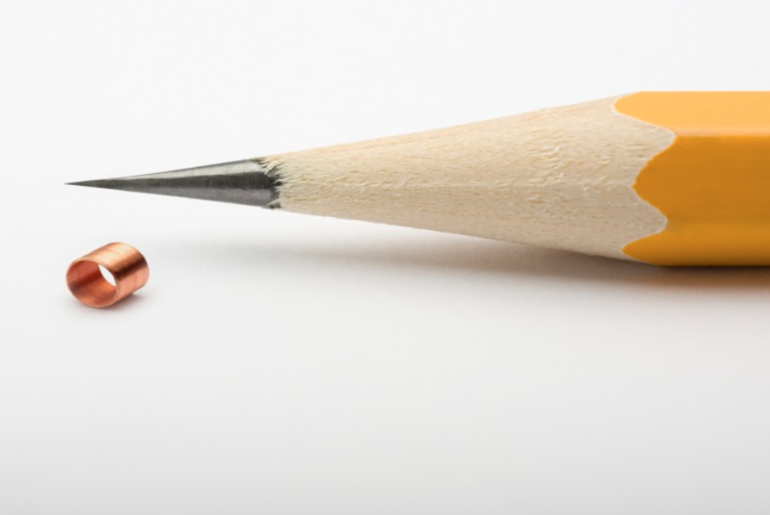Micro soldering technology helps in joining the ultra-fine wires with each other. The wires which have a thickness less than that of a human hair fuse with each other using this method. Micro-soldering is a traditional method, but it has a few disadvantages. These disadvantages are overcome using the thermo-pressure bonding method.
The advanced method results in the medical components which are highly reliable and are free from corrosion. With a more economical strategy, it helps in batch manufacturing, which helps in cost saving, due to economies of scale. Its integration into mass production makes it possible for using it in the development of micro-devices.
Challenges in the traditional methods of micro-soldering technology
Traditional methods of micro-soldering used heat to link two wire. This method brought in multiple challenges which were a result of the action of heat on the micro-coils.
The micro-coils, due to their thin structure, had a compact molecular packing. As a result, the chances of oxidation due to the heat treatment on them is very high, which can reduce the reliability and durability of the micro-coil devices.
Some additional disadvantages include:
1. Spreading of the heat in the nearby areas of the wire, leading to damage of the peripheral areas
2. Degradation in terms of reliability due to the excess strain on the micro-coils.
As these issues were hampering the performance of the devices, a new method of thermo-pressure bonding became prevalent.
Improvement of thermo-pressure bonding over micro-soldering technology
Micro-soldering technology, with its demerits, proved to be too much for the micro-coil industry. Thus, thermo-pressure bonding became prevalent, which came with the following advantages:
1. Higher reliability of the micro-coil devices along with restriction against corrosion.
2. The joints in case of the thermo-pressure bonding are free from any strain, that increases the durability of the products.
3. Ease of mass manufacturing made it possible to produce the devices on a large scale, which was economically beneficial.
4. Ease of manufacturing of the durable products, that makes it highly an on-demand manufacturing process.
Applications of the micro-coil devices
The advancement in terms of ailments has increased the inquisitiveness to reach the root of the diseases. Thus, with the growing technology the size of the medical devices is getting smaller.
Implants for controlling the pacemakers or mining the data from deep-seated brain tissues utilize the micro-coil devices.
Moreover, the application in the electrophysiology treatments has seen an increasing surge of the micro-coil devices.
Even the dental treatments use the micro-coil devices that help them to reach to the root of the issue. The pulsed electromagnets find their application in the orthopedic domain, as well.
Future of the micro-coil devices
With the development of the thermo-pressure bonding method, the application of micro-coil devices has increased over time. With their size reducing, the reliability of the product plays a major role. This is why thermo-pressure bonding is gaining relevance.
With the increasing awareness of the technology, we envisage more new devices using the micro-coil technology. This can bring about a new revolution in the domain of medical devices.

